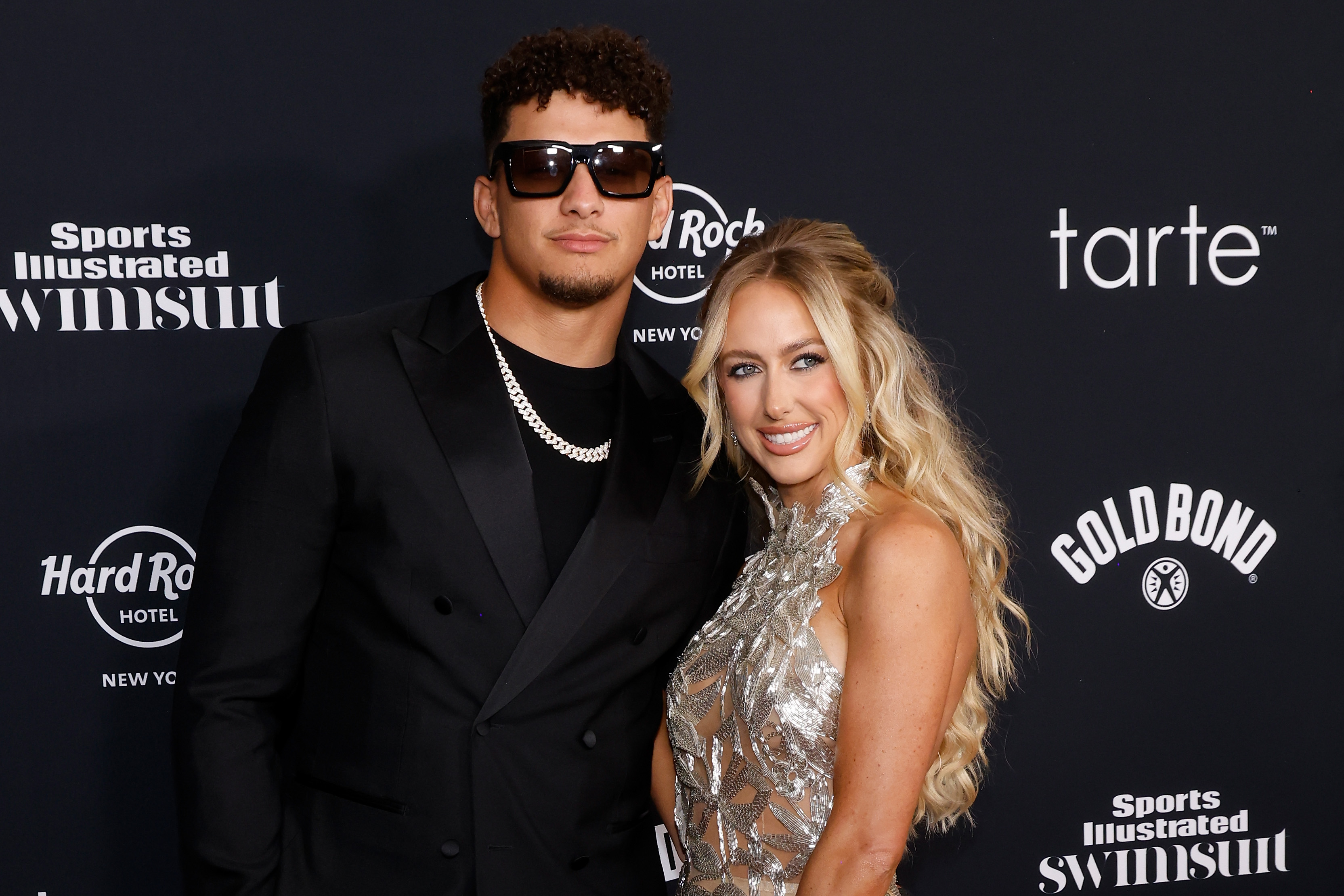The U.S. Food and Drug Administration (FDA) now requires TV and radio drug ads to be clearer and more direct.
The new guidelines, which have been over 15 years in the making, are designed to end industry practices that downplay or distract viewers from risk information.
The new rules become binding on November 20, but many drug companies have already been acting within these requirements.
Companies have always been required by the FDA to give a balanced picture of both the benefits and risks of the drugs they promote. Additionally, a 2007 law directed the agency to ensure that drug risk information appears "in a clear, conspicuous and neutral manner."
What Are the FDA's New TV Drug Ad Rules?
The FDA now requires drugmakers to use simple, consumer-friendly language when describing their medications. They are barred from using medical jargon, distracting visuals or audio effects.

In the early 2000s, researchers began showing how companies could manipulate images and audio to de-emphasize safety information.
For example, a Duke University professor found that ads for the allergy drug Nasonex, featuring a buzzing bee, distracted viewers from listening to the side effects of the medicine. But drug ads rarely use these overt tactics anymore.
One new rule requires that companies show on-screen text about drug side effects while the audio information plays. The companies, however, can decide whether to display a few keywords or a full transcript.
How Will the New Rules Affect Drug Ads?
Experts who work with drug companies don't expect long lists of warnings and other information that typically appear on a drug TV ad to go away.
"If you're a company and you're worried about possible FDA enforcement or product liability and other litigation, all your incentives are to say more, not less," Torrey Cope, a food and drug lawyer who advises companies, told The Associated Press (AP).
Ruth Day, director of the medical cognition lab at Duke University and author of the Nasonex study, told the AP of the full drug side effect transcripts, "You often cannot put all that on the screen and expect people to read and understand it."
"If you wanted to hide or decrease the likelihood of people remembering risk information, that could be the way to do it," she said.
Experts don't expect the new rules to have much of an effect on the overall tone and appearance of drug ads.
"The most salient element of these ads are the visuals, and they are uniformly positive," Tony Cox, professor emeritus of marketing at Indiana University, told the AP. "Even if the risk message is about, for instance, sudden heart failure, they're still showing someone diving into a swimming pool."
Social Media Influencers Advertising Drugs
Many drug companies are expanding into social media, often partnering with patient influencers who post about managing their conditions, new treatments or navigating the healthcare system.
Advertising executives say companies like using social media because it's cheaper than TV and consumers tend to trust influencers more than companies.
"They're teaching people to live a good life with their disease, but then some of them are also paid to advertise and persuade," Erin Willis, who studies advertising and media at the University of Colorado Boulder, told the AP of these influencers.
U.S. lawmakers have taken notice of social media drug ads and asked the FDA to step in.
Senators Dick Durbin, an Illinois Democrat, and Mike Braun, an Indiana Republican, wrote in a letter to the FDA in February, "The power of social media and the deluge of misleading promotions has meant too many young people are receiving medical advice from influencers instead of their health care professional."
The senators recently introduced a bill that would bring social media influencers and telehealth companies, which are also part of a loophole in the FDA's requirement for truthful, balanced risk and benefit information, clearly under the FDA's jurisdiction. This would require them to disclose risk and side effect information in drug ads.
The bill would also require drug companies to publicly disclose payments to influencers.
This article includes reporting from The Associated Press.




















 English (US) ·
English (US) ·